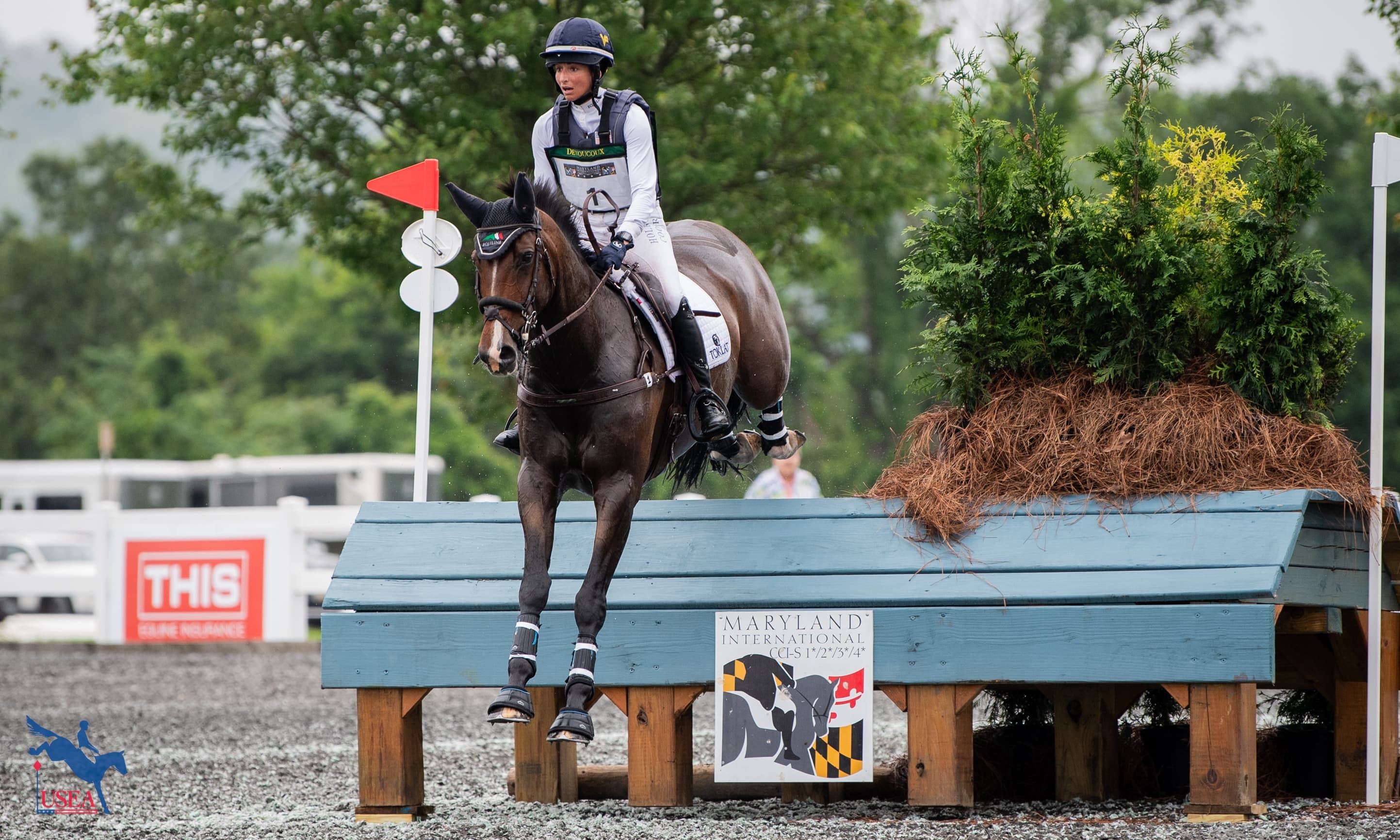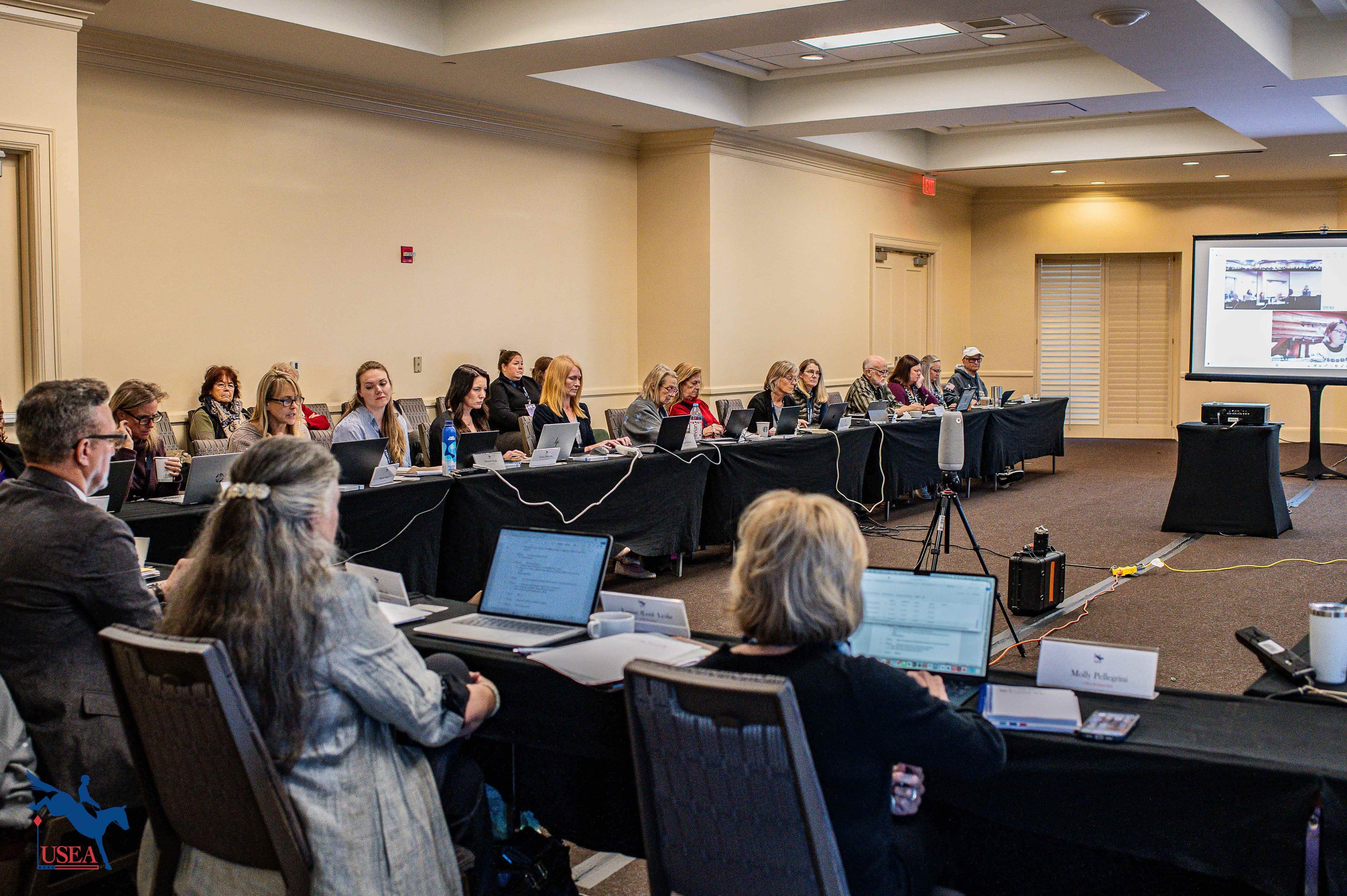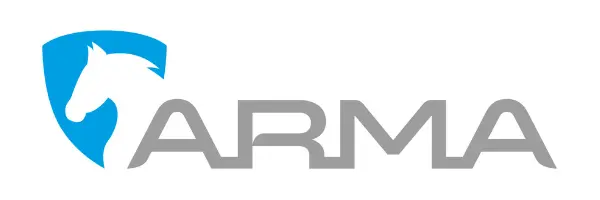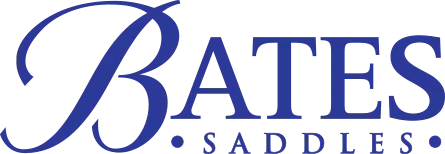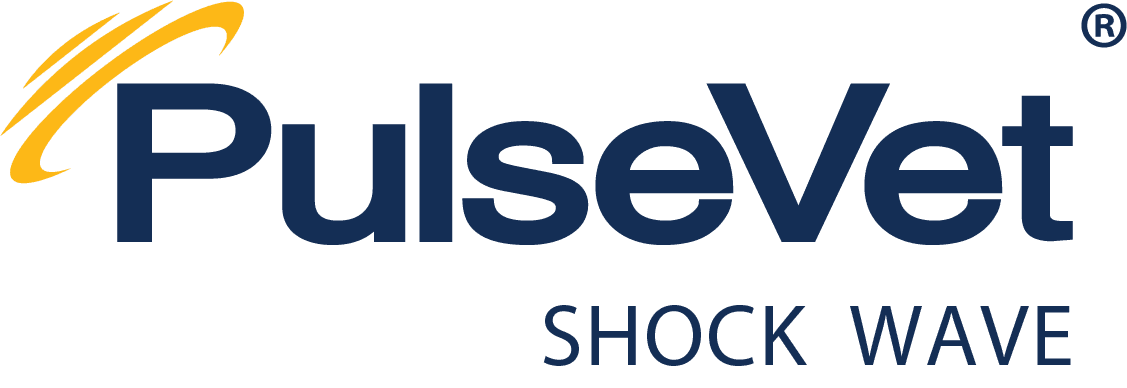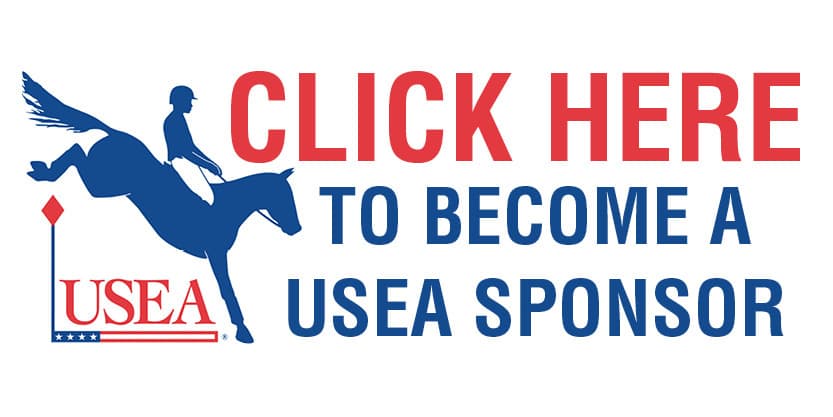3 Facts Veterinarians Wish You Knew about DJD
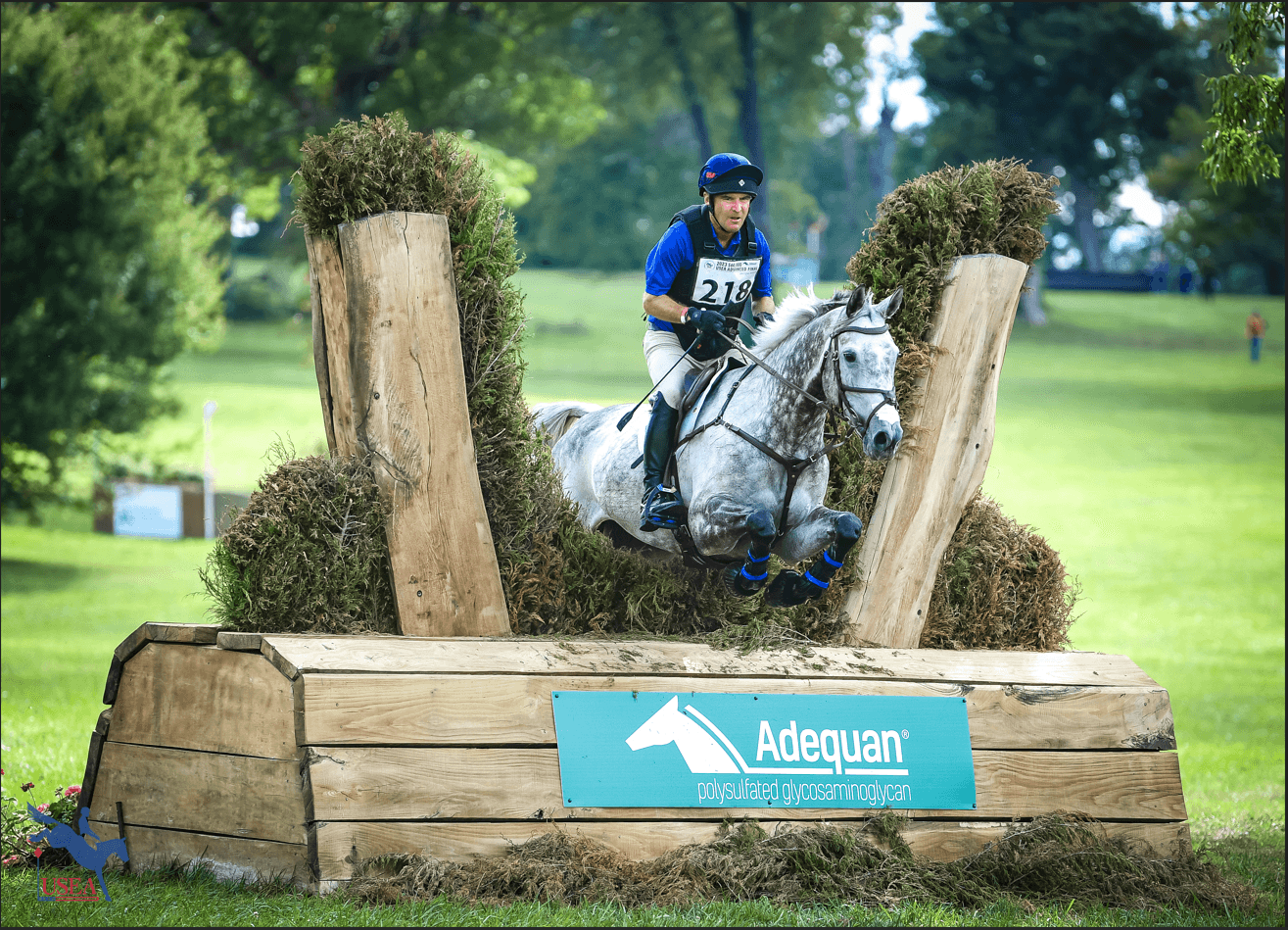
Degenerative joint disease (DJD) is a major cause of equine lameness.[1] To help keep more horses moving, American Regent Animal Health, maker of Adequan® i.m. (polysulfated glycosaminoglycan), talked to a group of leading equine veterinarians. Here are their top insights about DJD.
1. DJD is an equal opportunity disease
Equine DJD, commonly called osteoarthritis, may cause lameness in horses of all ages and breeds. It is characterized by progressive deterioration of the articular cartilage along with changes in bone and soft tissues of the joint.1
Veterinarians diagnose DJD, in part, by looking at radiographs. Dr. Kyla Ortved, the Jacques Jenny Endowed Term Chair of Orthopedic Surgery at the University of Pennsylvania’s New Bolton Center, said she sees a lot of pre-purchase X-rays from people looking to buy young horses. “I’m finding that a lot of those pretty young horses have radiographic changes,” Dr. Ortved says.
2. The earlier the better
A proactive joint-health approach for the average performance horse should include twice-a-year lameness exams and hoof radiographs to guide the farrier, according to Dr. Kent Allen, owner of Virginia Equine Imaging and a founder of the International Society of Equine Locomotor Pathology. Because DJD gets worse over time, it’s important to manage it early in the disease process when treatment is most effective for horses. “You’re going to be able to [help] them. They're going to be successful at their job, and they're going to keep doing the job,” Dr. Allen said. “And that’s where I've focused my efforts on use of Adequan i.m. [polysulfated glycosaminoglycan], and I’ve found it very successful.”
3. Not all products are created equally
As the only FDA-approved PSGAG (polysulfated glycosaminoglycan) for DJD in horses, Adequan i.m. actually treats the disease, not just the clinical signs.[2],[3] It has been proven to reduce inflammation, restore synovial joint lubrication, repair joint cartilage and reverse the disease cycle.2,3
Alternatively, joint supplements and nutraceuticals are not regulated by the FDA. That means manufacturers are not required to prove safety or effectiveness, nor are they required to verify ingredient makeup or manufacturing processes.
FDA approval is important to Dr. Robin Dabareiner, who worked at Texas A&M University for 23 years before working at Waller Equine Hospital in Texas. “I try to talk to clients, telling them I feel it’s a bigger bang for your buck if you go with the intramuscular Adequan [than unproven supplements],” Dr. Dabareiner said.
BRIEF SUMMARY: Prior to use please consult the product insert, a summary of which follows: CAUTION: Federal law restricts this drug to use by or on the order of a licensed veterinarian. INDICATIONS: Adequan® i.m. is recommended for the intramuscular treatment of non-infectious degenerative and/or traumatic joint dysfunction and associated lameness of the carpal and hock joints in horses. CONTRAINDICATIONS: There are no known contraindications to the use of intramuscular Polysulfated Glycosaminoglycan. WARNINGS: Do not use in horses intended for human consumption. Not for use in humans. Keep this and all medications out of the reach of children. PRECAUTIONS: The safe use of Adequan® i.m. in horses used for breeding purposes, during pregnancy, or in lactating mares has not been evaluated. For customer care, or to obtain product information, visit www.adequan.com. To report an adverse event please contact American Regent, Inc. at 1-888-354-4857 or email [email protected].
Each of the veterinarians who participated in this article is a paid consultant for American Regent Animal Health.
Trademarks are the property of their respective owners.
© 2024, American Regent, Inc.
PP-AI-US-0680
[1] McIlwraith CW, Frisbie DD, Kawcak CE, van Weeren PR. Joint Disease in the Horse. St. Louis, MO: Elsevier, 2016; 33-48.
[2] Adequan® i.m. Package Insert, Rev 1/19.
[3] Burba DJ, Collier MA, DeBault LE, Hanson-Painton O, Thompson HC, Holder CL: In vivo kinetic study on uptake and distribution of intramuscular tritium-labeled polysulfated glycosaminoglycan in equine body fluid compartments and articular cartilage in an osteochondral defect model. J Equine Vet Sci 1993; 13: 696-703.


